Introduction
Engaging elementary students in music lessons is crucial for fostering a lifelong love and appreciation for music. By crafting age-appropriate, exciting lessons tailored to wind, percussion, and string instruments, educators and parents can help young learners build strong foundations and ignite their passion for music. This article will explore key strategies for creating effective music lessons that inspire and motivate elementary students, offering specific examples and resources to support the learning process.
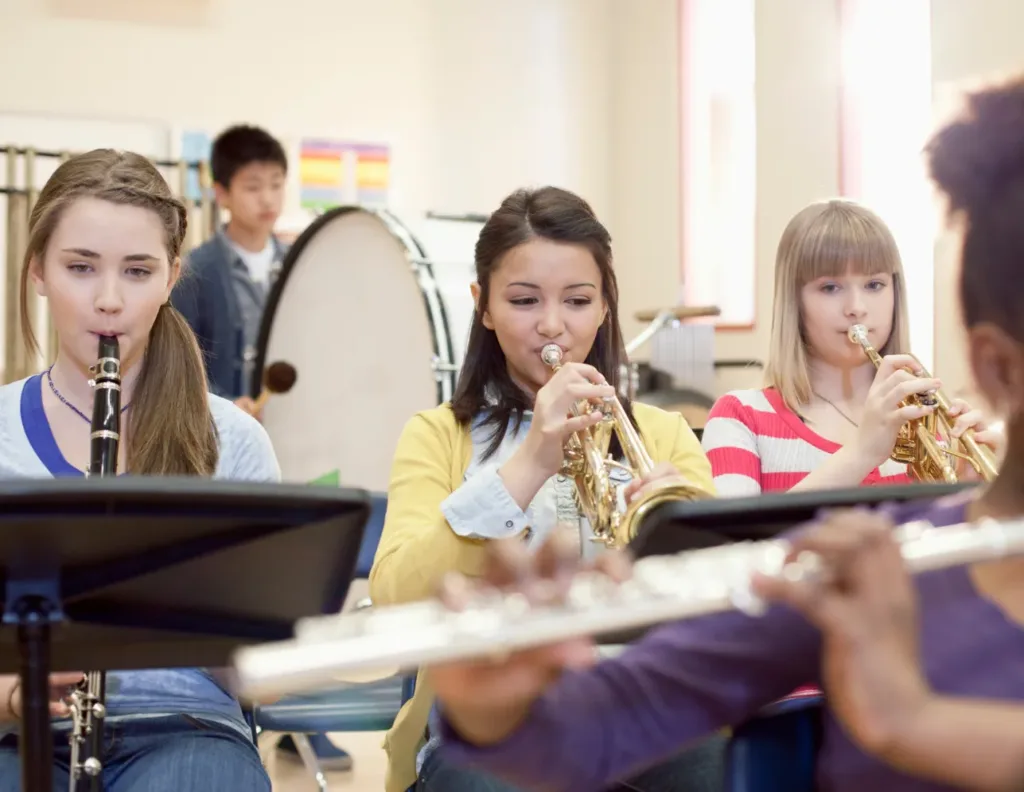
Understanding Elementary Students
Before diving into lesson planning, it's essential to understand the unique characteristics of young learners. Elementary students are naturally curious, energetic, and eager to explore new ideas. They thrive on interactive, hands-on experiences that engage multiple senses, such as using colorful visual aids, incorporating movement, and offering tactile learning opportunities. When designing music lessons, consider their short attention spans, limited fine motor skills, and the need for frequent breaks and variety in activities.
The Importance of Age-Appropriate Content
Choosing age-appropriate content is crucial for supporting student interest and ensuring successful learning outcomes. Select repertoire that features simple melodies, easy-to-follow rhythms, and engaging themes or stories. For example, folk songs, nursery rhymes, and pieces with descriptive titles like "The Elephant March" or "The Butterfly Dance" can capture young students' imaginations. Avoid complex pieces that may frustrate or discourage young learners. Instead, focus on building a strong foundation of basic skills and techniques that will set them up for future success.
Crafting Lessons for Wind Instruments
When teaching wind instruments to elementary students, it's important to focus on developing proper breathing techniques, embouchure, and fingerings. Begin with short, simple exercises that allow students to practice these fundamental skills without becoming overwhelmed.
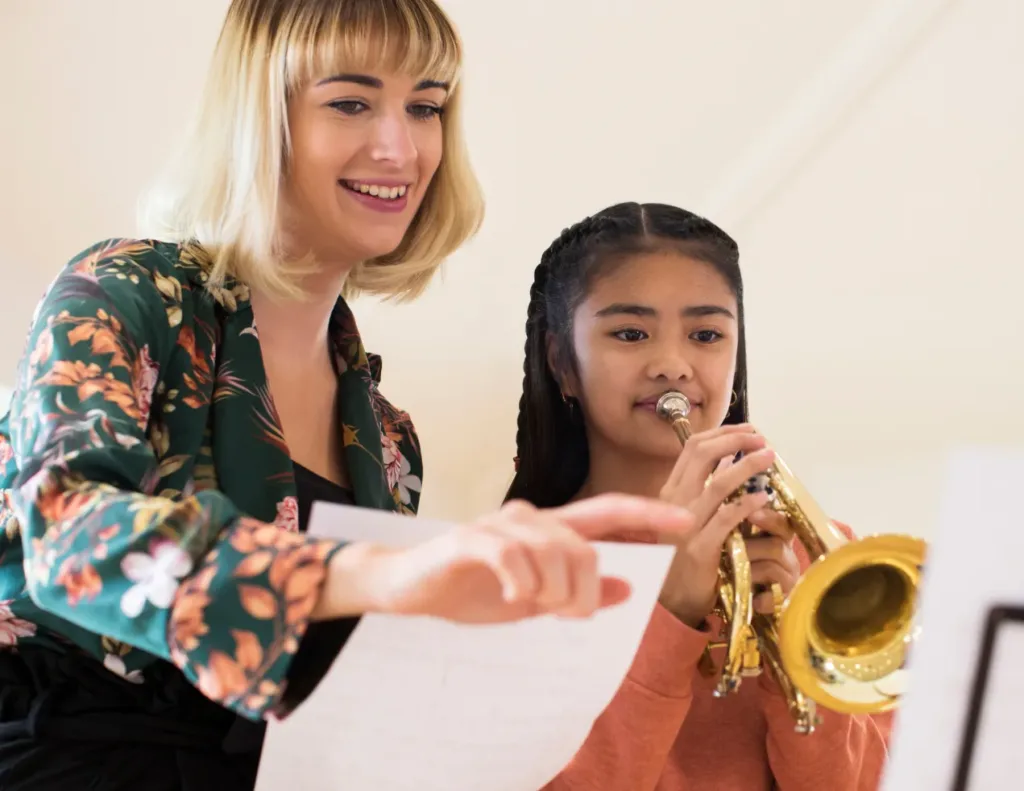
Developing Proper Embouchure
To help young students develop proper embouchure, use visual aids and analogies. For example, have students pretend they are drinking through a straw or blowing out birthday candles to show the correct mouth shape and airflow. Encourage them to practice in front of a mirror to check their embouchure and make adjustments as needed.
Choosing Suitable Repertoire
Select pieces that feature repeating patterns, easy-to-remember melodies, and a limited range of notes. Look for songs with engaging themes or lyrics that students can connect with emotionally, such as "Hot Cross Buns" or "Twinkle, Twinkle, Little Star." As students' progress, gradually introduce more challenging pieces that build upon the skills they have already mastered.
Incorporating Games and Activities
Make learning fun by incorporating games and activities into your lessons. Use call-and-response exercises to teach rhythm and melody or create musical scavenger hunts to reinforce note reading skills. For example, hide flashcards with note names around the classroom and have students find and play them on their instruments. Encourage students to improvise and compose their own short pieces, fostering creativity and self-expression.
Tailoring Lessons for Percussion
Percussion instruments offer a unique opportunity to teach rhythm, coordination, and teamwork. Begin by introducing students to the various instruments in the percussion family, such as drums, xylophones, and shakers.
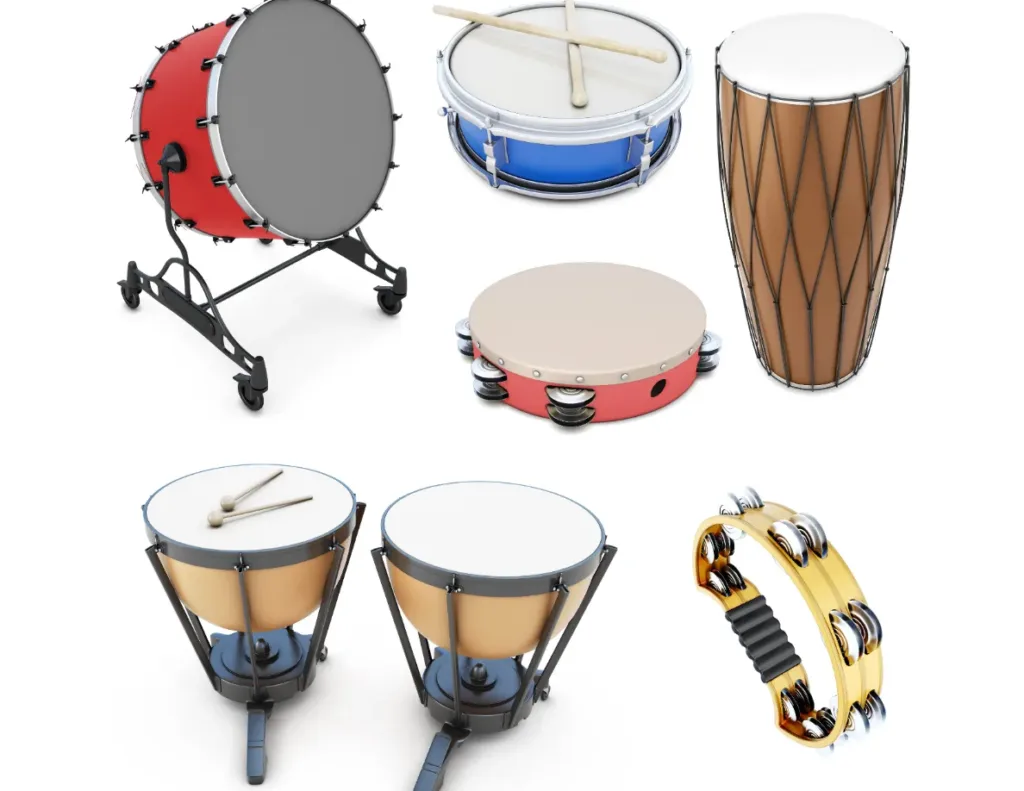
Developing Rhythm Skills
Focus on building a strong sense of pulse and rhythm through clapping exercises, body percussion, and simple rhythm patterns. Use visual aids like rhythm flashcards or online resources like Rhythm Randomizer (https://www.rhythmrandomizer.com/) to reinforce note values and counting. Have students create their own rhythm patterns using everyday objects like pencils, rulers, or even their own bodies.
Exploring Various Percussion Instruments
Allow students to experiment with different percussion instruments, discovering their unique timbres and playing techniques. Set up a percussion station with a variety of instruments and encourage students to rotate through them, trying out different sounds and combinations. Encourage them to create their own rhythm patterns and share them with the class, promoting creativity and collaboration.
Designing Lessons for Strings
Teaching string instruments to young learners requires a focus on proper posture, bow hold, and left-hand technique. Begin with short, simple exercises that allow students to develop muscle memory and build confidence.
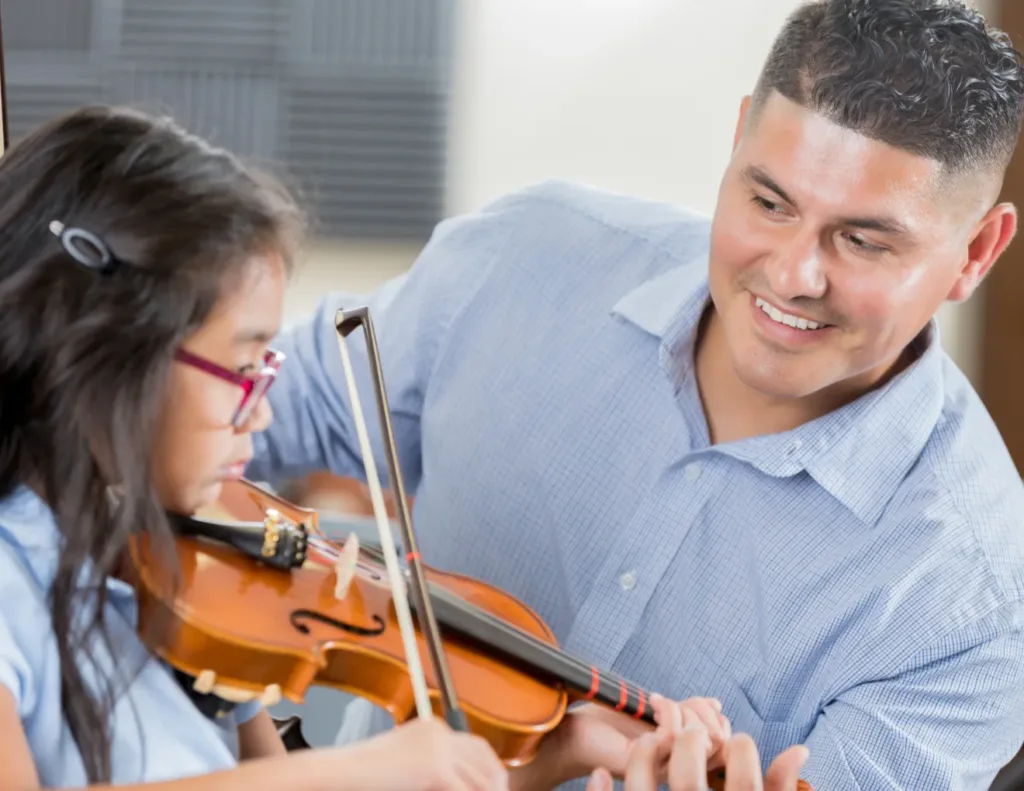
Building Proper Posture and Technique
Use visual aids and analogies to help students understand and remember proper posture and technique. For example, compare the bow hold to holding a pencil or encourage students to imagine they are puppets with strings attached to their elbows and wrists. Use colorful stickers or tape to mark finger placement on the fingerboard, helping students develop correct left-hand technique.
Selecting Beginner-Friendly Pieces
Choose repertoire that features simple finger patterns, easy-to-follow bow strokes, and limited shifting. Look for pieces with engaging melodies and accompaniments that inspire students to practice and perform, such as "Ode to Joy" or "Lightly Row." As students' progress, introduce pieces that challenge them to develop new skills and techniques.
Fostering a Love for Music
Creating a positive, supportive learning environment is essential for fostering a love for music in young students. Celebrate their progress and achievements, no matter how small, and encourage a growth mindset that values effort and perseverance over perfection.
Encouraging Ensemble Playing and Collaboration
Provide opportunities for students to play together in small groups or ensembles, developing teamwork, communication, and listening skills. Encourage them to support and learn from one another, creating a sense of community and shared purpose. Use activities like “Musical Chairs” or “Pass the Melody” to promote collaboration and improvisation.
Classroom Management Strategies
Effective classroom management is key to creating a positive learning environment. Establish clear expectations and routines and use positive reinforcement to encourage good behavior. Implement a reward system, such as a sticker chart or "Musician of the Week" award, to recognize students who show exceptional effort, attitude, or progress.
The Role of Quality Resources
Having access to quality resources can make a significant difference in the success of your elementary music lessons. Practicing Musician offers a comprehensive online platform with video tutorials, sheet music, and lesson plans tailored to wind, percussion, and string instruments. Other valuable resources include Music Teacher's Helper , which provides tools for lesson planning, scheduling, and billing, and the National Association for Music Education , which offers professional development opportunities and advocacy support.
Conclusion
Crafting perfect elementary music lessons for winds, percussion, and strings requires a deep understanding of young learners' needs, interests, and abilities. By focusing on age-appropriate content, incorporating games and activities, and fostering a love for music through a positive learning environment, educators and parents can help ignite a lifelong passion for music in their students. With the support of quality resources like Practicing Musician, Music Teacher's Helper, and the National Association for Music Education, you can create engaging, effective lessons that inspire and motivate young musicians to reach their full potential.

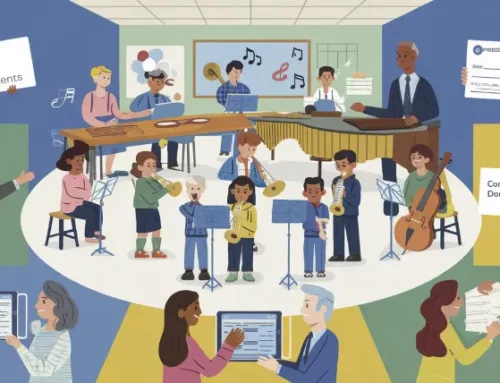
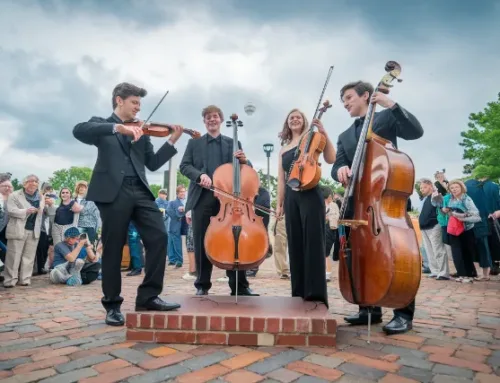
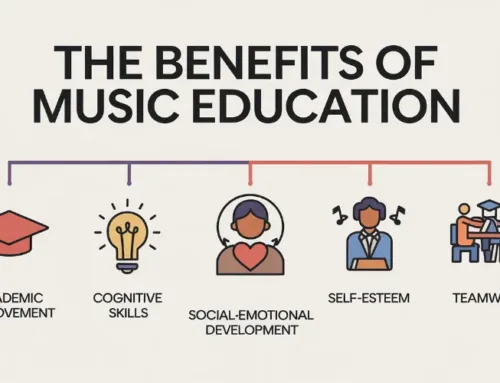


Leave A Comment
You must be logged in to post a comment.